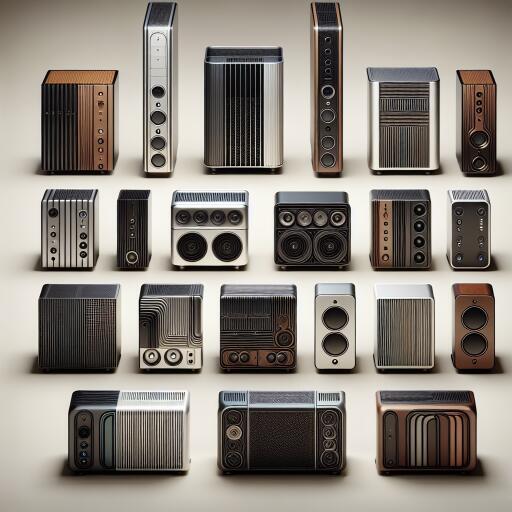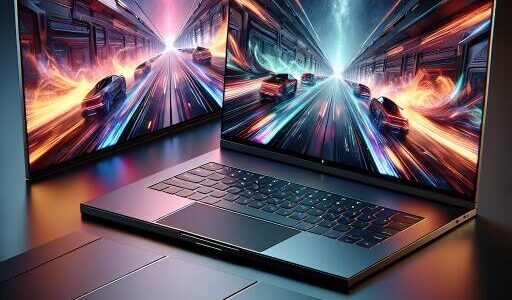Exploring the World of HTPC Cases: A Blend of Technology and Aesthetics
In the realm of digital entertainment, Home Theater Personal Computers (HTPCs) represent a fascinating intersection of technology and home decor. As more individuals seek to integrate their computing experiences into their living spaces, HTPCs have emerged as a stylish and functional solution. Beyond mere machines, these systems, encased within beautifully designed HTPC cases, not only complement the visual aesthetic of any living room but also offer a robust multimedia experience.
HTPC cases have evolved to become integral components of the home entertainment setup, seamlessly fitting alongside traditional AV equipment. This convergence of computing and home entertainment facilitates a living room environment where PCs no longer feel out of place. The key to this seamless integration is selecting the right case that not only matches the decor but also meets the technical requirements of your setup.
The choice of a motherboard is crucial in determining the compatibility and size of the HTPC case. With options ranging from ATX, microATX, to mini ITX, the form factor of the motherboard influences the overall design and size of the case. This decision directly impacts the future scalability and functionality of your HTPC system. Therefore, it is advisable to first decide on the processor, followed by the most compatible motherboard, which in turn will guide the choice of the case.
When budgeting for an HTPC, entry-level systems prove that affordability does not compromise media playback capabilities. With a budget of around $600, it’s possible to assemble an HTPC devoid of a discrete graphics card, catering primarily to media consumption. However, for gaming enthusiasts looking to enhance their system, adding a compatible GPU such as the RX 570 could offer a balanced solution for both media playback and gaming.
Memory plays a significant role in the performance of an HTPC. A minimum of 8GB RAM is essential, with 16GB being recommended for optimal operation. This ensures smooth handling of various tasks from streaming high-definition videos across platforms like Amazon Prime, Netflix, Hulu, and YouTube, to local file playback. For those seeking to push the boundaries of their HTPC’s capabilities, including intensive tasks like video production, a hefty 32GB of DDR4-3600 RAM in a compact yet stylish case can transform the system into a powerhouse of multimedia and high-end tasks.
The evolving landscape of PC cases offers versatility in the choice of tower sizes. Whether your HTPC is dedicated to gaming, video editing, or serves as a digital audio workstation, the selection between a mid-tower and a full-tower case depends on the specific needs and tasks envisioned. The size impacts not only the potential for future upgrades but also the thermal management within the system. Furthermore, incorporating a minimum of two fans—one for intake, one for outtake—ensures adequate airflow, crucial for maintaining optimal performance during heavy usage.
The debate between needing a dedicated graphics card versus utilizing integrated graphics solutions in CPUs for HTPC systems often hinges on the primary use case. While integrated graphics provide a cost-effective option for media-focused setups, dedicated graphics cards remain indispensable for gaming and content creation, where advanced graphical performance is paramount.
Moreover, despite advancements in technology, the importance of adequate RAM cannot be understated. Contrary to the belief that less RAM might suffice for HTPC applications, adhering to a minimum of 4GB is essential to accommodate modern operating systems and applications smoothly.
In the ecosystem of home theater PCs, personalization and functionality converge to create systems that not only elevate the home entertainment experience but also reflect the user’s style and technical preferences. With careful consideration of components like the case, memory, and graphics capabilities, enthusiasts can craft an HTPC that stands at the crossroads of technology and aesthetics, bringing the best of both worlds into the living room.










